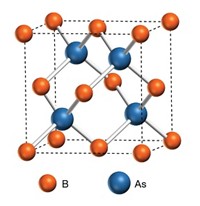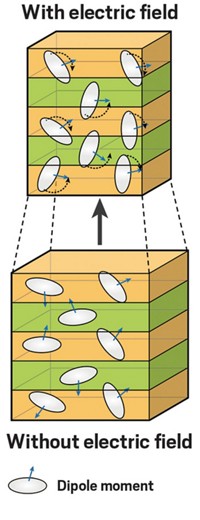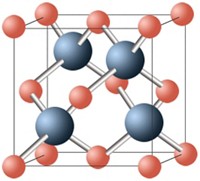Advertisement
Grab your lab coat. Let's get started
Welcome!
Welcome!
Create an account below to get 6 C&EN articles per month, receive newsletters and more - all free.
It seems this is your first time logging in online. Please enter the following information to continue.
As an ACS member you automatically get access to this site. All we need is few more details to create your reading experience.
Not you? Sign in with a different account.
Not you? Sign in with a different account.
ERROR 1
ERROR 1
ERROR 2
ERROR 2
ERROR 2
ERROR 2
ERROR 2
Password and Confirm password must match.
If you have an ACS member number, please enter it here so we can link this account to your membership. (optional)
ERROR 2
ACS values your privacy. By submitting your information, you are gaining access to C&EN and subscribing to our weekly newsletter. We use the information you provide to make your reading experience better, and we will never sell your data to third party members.
Electronic Materials
New system harnesses the strange magic of twisted graphene
Researchers have found ways to control the electron correlations that cause superconductivity in graphene sheets stacked at an angle
by Prachi Patel, special to C&EN
May 8, 2020

Physicists at MIT made a splash in the scientific world 2 years ago when they discovered that stacking two atom-thick sheets of graphene and then twisting them just so turns graphene into either an insulator or a superconductor. The work sparked a new field called twistronics.
The team has now found ways to tune these properties in a different graphene arrangement (Nature 2020, DOI: 10.1038/s41586-020-2260-6). The finding could help scientists investigate novel phenomena for twistronics, and perhaps aid the hunt for room-temperature superconductors.
Theoretical physicists first predicted the strange behavior of twisted bilayer graphene 10 years ago. The theory suggested that a so-called “magic angle” of 1.1 degrees between two stacked layers would lead to strong interactions between electrons. MIT physicist Pablo Jarillo-Herrero and his colleagues wanted to test this theory, so they made devices designed to elicit the magic. But they were taken by surprise.
There were indeed strong electron interactions—and more. The material first became an insulator, and then, when the researchers applied an electric field to it, became a superconductor. This behavior arises from strong interactions, or correlations, between electrons.
For its recent work, Jarillo-Herrero’s team set about investigating if the behavior would extend to other twisted 2-D systems, starting with bilayer graphene. The researchers cut a sheet of the material in half, and then stacked the pieces with a magic-angle twist between the paired layers so that the final device has four layers of graphene.
Results indicated that the properties for this bilayer system are different from the previous monolayer graphene system. Both turn into correlated insulators and superconductors with their electrical resistance increasing as the temperatures are lowered below –270 °C. But in the bilayer system, the electronic properties can be controlled by applying an electric field perpendicular to the graphene. Changing the strength of the field switches the material between a regular conductor and an insulator. This switchability might be useful in future electronic devices. And the bilayer graphene system’s resistance, unlike that of its monolayer cousin, can be increased by applying a magnetic field. That’s because the quantum property of electrons, known as spin—which creates a tiny magnetic field—lines up with the external magnetic field.
This advance is significant as having a new system with high electrical tunability is crucial for understanding correlated electronic states, says Xiaodong Xu, a physicist at the University of Washington. “This is outstanding work,” he says.
Between the twist angle, perpendicular field, and magnetic field, says Jarillo-Herrero, “there are many knobs we can apply to tune and change the properties. So we have a lot of control over the system.”
That control might help researchers design new electronic devices based on twisted graphene,and study exotic electronic properties such as high temperature superconductivity. Correlated electron behavior is usually seen in more complex materials such as cuprates, high-temperature superconductors that superconduct at temperatures of over –200°C, which are much higher than for regular superconductors. Physicists don’t fully understand this property of cuprates , though, and the complex materials are difficult to model and study. Graphene is a simpler material, and if its superconductivity works similarly, it could help researchers shed light on the mysterious mechanism.





Join the conversation
Contact the reporter
Submit a Letter to the Editor for publication
Engage with us on Twitter